Stop guessing why your sales are flat even though you’re “everywhere.” Here’s the hard truth: if your channels don’t talk to each other, your customers get frustrated and leave. The fight between multichannel vs omnichannel isn’t marketing fluff—it’s a business-defining choice.
Multichannel gets you seen on email, social, marketplaces, and your store. Omnichannel makes every touchpoint feel like one seamless experience. One spreads your message. The other builds loyalty, repeat purchases, and revenue that actually grows.
Ready to know which strategy suits your business and how to make it work? Let’s dive deep and cut through the hype with expert insights, backed data, and simple advice.
You Might Like: Multi-Channel Inventory Management Solution: Steps to Integrate Inventory Across Channels
What’s the Difference—Really?
Multichannel—Scattered but Present
You might be on email, social, web, or even in-store. Great visibility. But if those channels don’t share info, customers repeat themselves or slip through cracks.
Omnichannel—Unified and Smart
All your channels—email, app, store, marketplace—share data. A customer moves across channels with your brand remembering preferences, carts, and conversations. That’s powerful.
Why Omnichannel Drives Real Results
| Insight | Multichannel Limitation | Omnichannel Impact & Source |
| Customer Preference | No integration | 91% of customers prefer brands offering omnichannel experiences |
| Retention Rate | Low | 89% retention with omnichannel vs 33% weak strategy |
| Lifetime Value (LTV) | Flat | 30% higher LTV for omnichannel customers |
| Purchase Frequency | Basic | 250% higher frequency across 3+ channels |
| Average Order Value (AOV) | No boost | 13% more per order |
| Revenue Growth | Slower | 9.5% annual growth vs 3.4% weak strategy |
| Cost per Contact | Higher | 7.5% year-over-year decrease in cost per contact |
| Omnichannel ROI | Limited | 15-35% increase in average transaction size |
| Touchpoint Usage | Few | Shoppers use almost 6 touchpoints in 2025 |
| In-Store Visits | Flat traffic | 80% more visits via omnichannel strategy |
| Curbside Pickup/BOPIS | Rare | $154bn click-and-collect market in 2025; 19.9% of multichannel e-commerce |
These are not trends—they are transformation triggers. If you want loyalty, conversions, and steady growth, omnichannel isn’t optional—it’s essential.
What Most Guides Miss (But You Won’t)
- Budget-friendly rollout for small or mid-size businesses.
- Essential tech beyond CRM, like AI tools, analytics, and automation.
- A phased integration roadmap—start small, scale big.
- Real ROI numbers—loyalty lift, OAV, frequency that programs your case.
- Downside of sticking with siloed multichannel—wasted potential, noisy performance, lost customers.
Check Out: How to Optimize Product Listings to Maximize Growth Across Multiple Channels
Problem-Solver Snapshot: How You Move From Multichannel to Omnichannel
Step-by-Step Strategy
Start simple. Link your web store and CRM—track carts, remind abandoners. Then integrate email and marketplace metrics. Use that success to fund the next integration.
Smart Technology Choices
Go for tools that centralize orders, inventory, messaging, and analytics. Add AI if your budget allows—70% of small businesses now use AI tools to personalize messaging and boost ROI.
Company Positioning: How SellerChamp Solves This Fast
SellerChamp syncs inventory, orders, prices, messaging, and analytics across marketplaces, your web store, and POS—all in one dashboard. No chaos, just clarity. You get real-day omnichannel insight, seamless customer experiences, and fast growth.
Why Multichannel vs Omnichannel Impacts Your Bottom Line Fast
If you are comparing multichannel vs omnichannel, think of it like this:
Multichannel is being on every street corner with a sign. Omnichannel is being on every street corner, but with one brain controlling all the signs so they work together.
Teamwork is what drives faster sales. Customers are busy. They do not want to re-enter details, re-add products, or guess if a store has their size. Every time you make them work harder, they walk away. Omnichannel keeps the journey smooth, which makes people buy more often and spend more. The sooner you connect your channels, the faster your revenue curve starts pointing up.
The Customer Experience Multiplier
Omnichannel does not just reach people—it keeps them. By syncing every touchpoint, you remove friction and build loyalty that lasts beyond the first purchase.
Why Multichannel Feels Disconnected
Without one system connecting your channels, customers get different prices, mismatched info, and inconsistent experiences. That’s where sales drop.
Read our guide to know 10 Game-changing Reasons Sellers Should Use Multi-Channel Listing Tools
How Omnichannel Removes Friction for Customers
With omnichannel, your brand remembers every interaction—cart, wishlist, store visit—it is all synced. Customers never have to start from scratch, even if they switch devices or go from online to in-store. That smoothness is what pushes conversions higher.
Consistency Builds Trust
Shoppers trust brands that look and feel the same everywhere. Omnichannel gives that consistency, making your brand the safe choice in a sea of options.
Personalization at Scale
When channels share data, you can tailor offers, emails, and recommendations for every shopper. That is the kind of personalization that drives repeat sales.
Read More: 15 Best Omnichannel Platforms to Check Out
Multichannel vs Omnichannel Is Also About Your Team’s Time
When you compare multichannel vs omnichannel, you might only think about the customer. But the truth is, your team wins too. In a multichannel setup, they jump between dashboards, re-enter product details, and fix messy order errors. That eats hours every week.
One Update, Everywhere
In omnichannel, change a price or product once and it updates across every channel instantly. No more manual, repetitive work.
More Time for Growth
When your team is not stuck fixing errors, they can focus on marketing, building customer relationships, and scaling the business. That’s where the real ROI happens.
Request a SellerChamp Demo
Want to prove it works?
Request your SellerChamp demo now—experience omnichannel clarity and watch your sales accelerate in real time.
Frequently Asked Questions (FAQs)
How does omnichannel boost loyalty?
A: It removes friction, customers don’t repeat info. Consistency builds trust, which increases repeat purchases and word-of-mouth referrals.
Can AI improve omnichannel adoption ROI?
A: Yes. With smart personalization and automation, AI helps small businesses boost customer satisfaction by over 55% and use budgets more efficiently.
What’s the fastest way to test omnichannel impact?
A: Start by integrating your web cart with email or add BOPIS feature. Measure AOV and visits in weeks for quick wins.
Does omnichannel work for service providers?
A: Absolutely. Shared data gives context for support, bookings, or consultations making every touch more personal, and locking in repeat business.
Why panic over multichannel limits?
A: Staying fragmented means lost experiences, reduced loyalty, and slower growth. Omnichannel transforms touchpoints into profit pathways.



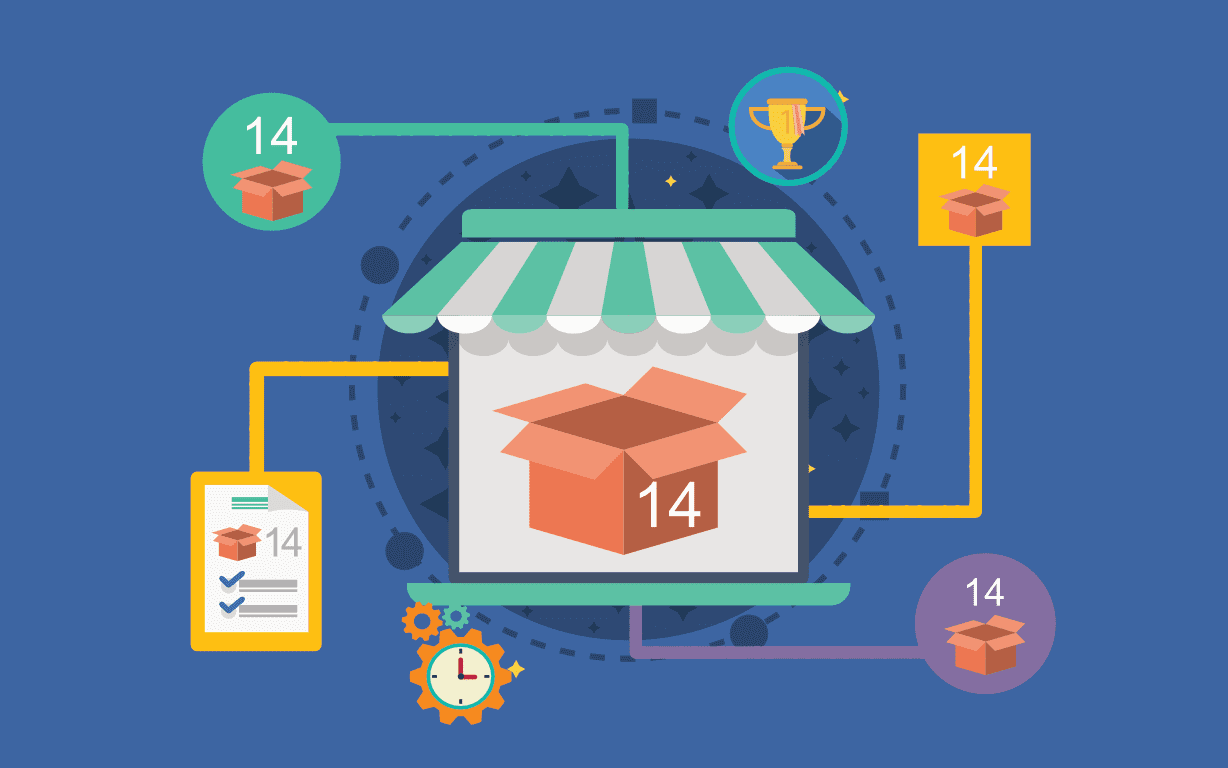
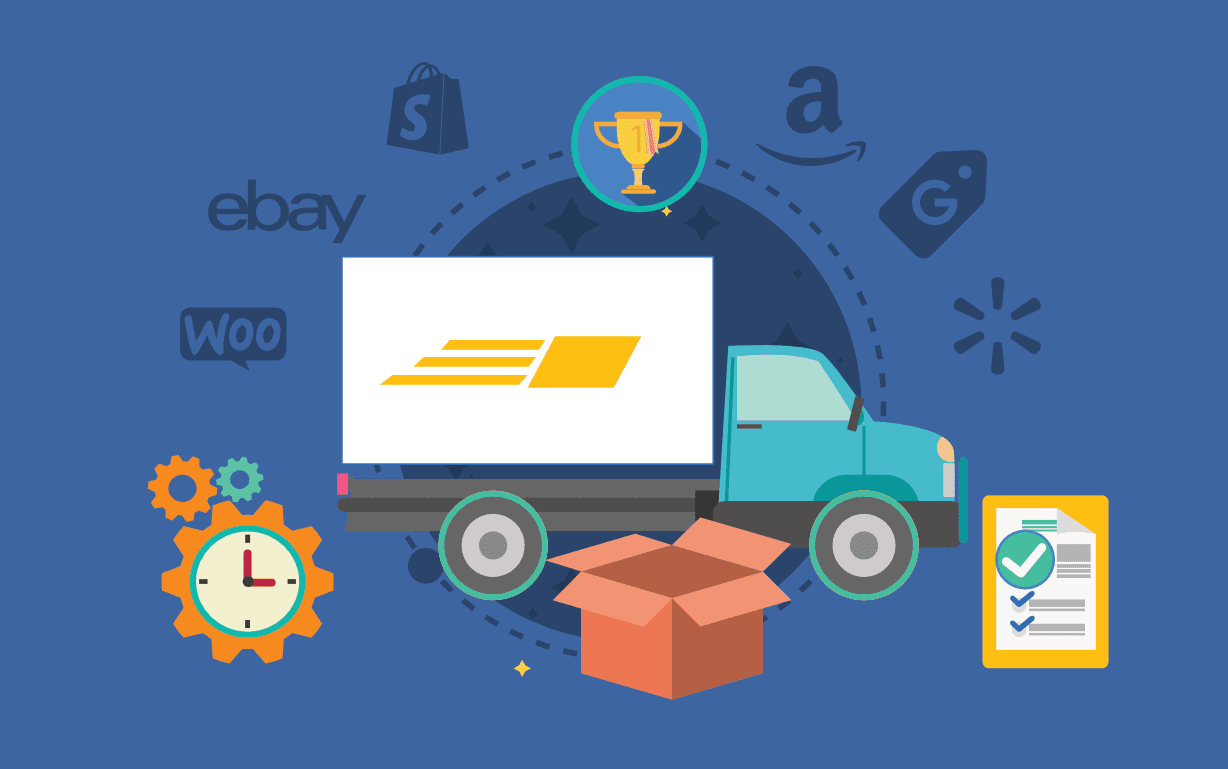
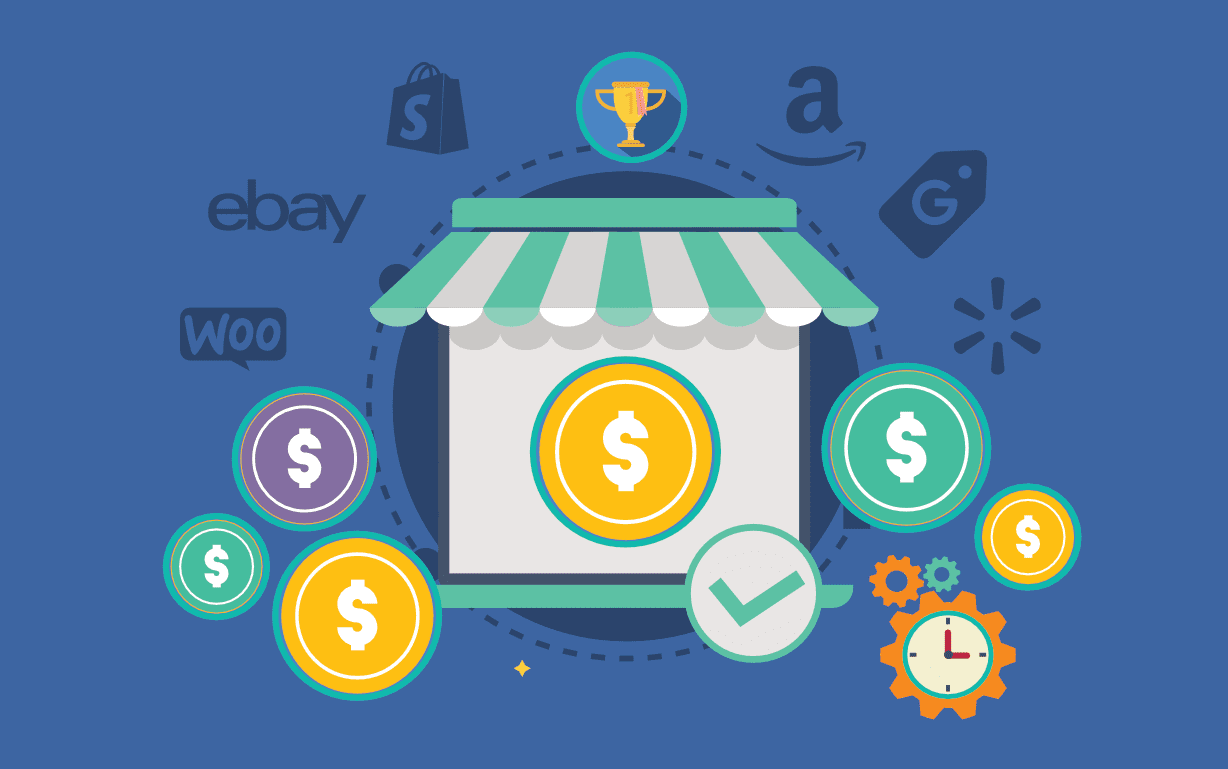
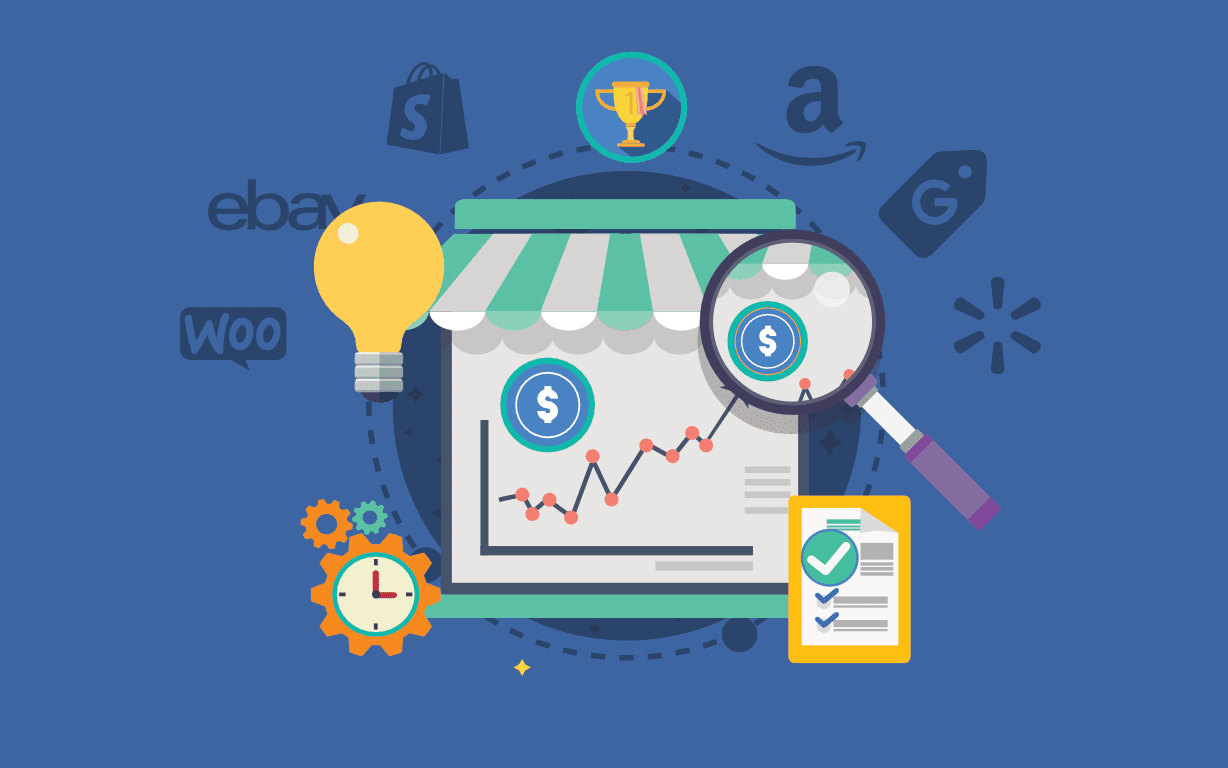
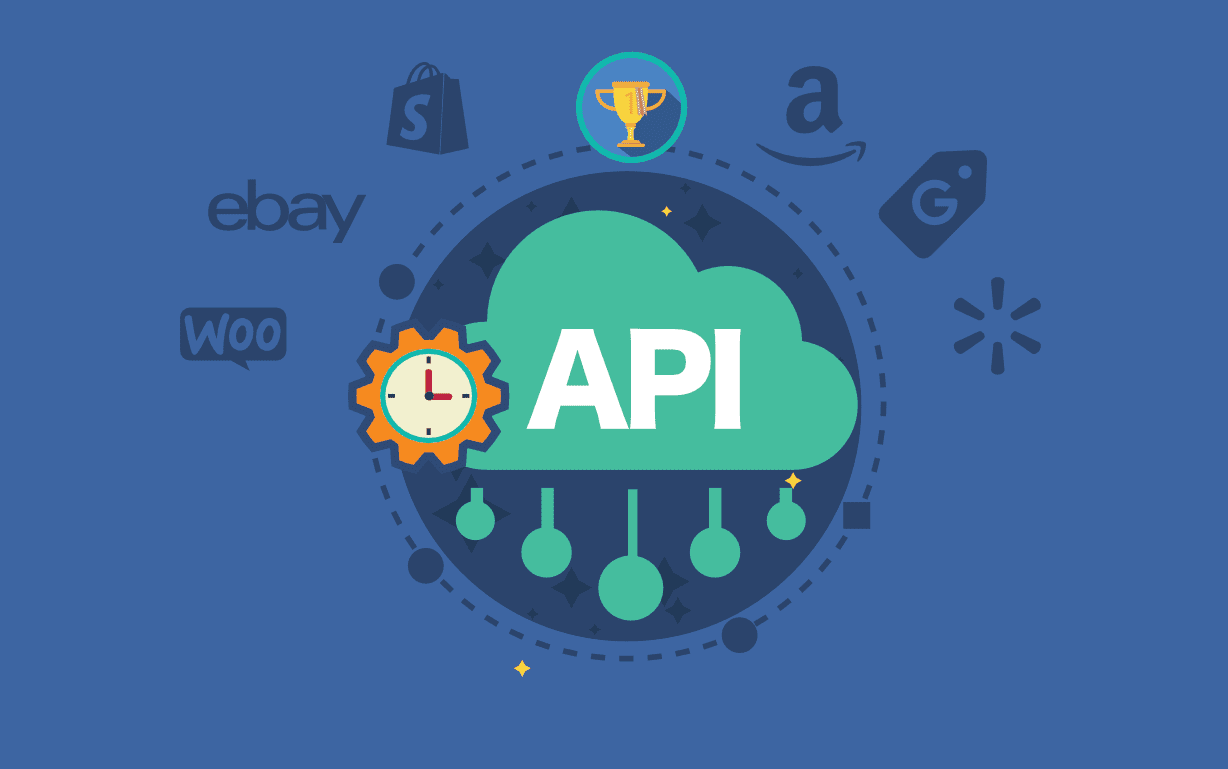




![Best Rated E-Commerce Automation Platforms and Tools [Updated]](https://sellerchamp.com/wp-content/uploads/2025/06/image4-1-600x315.png)



